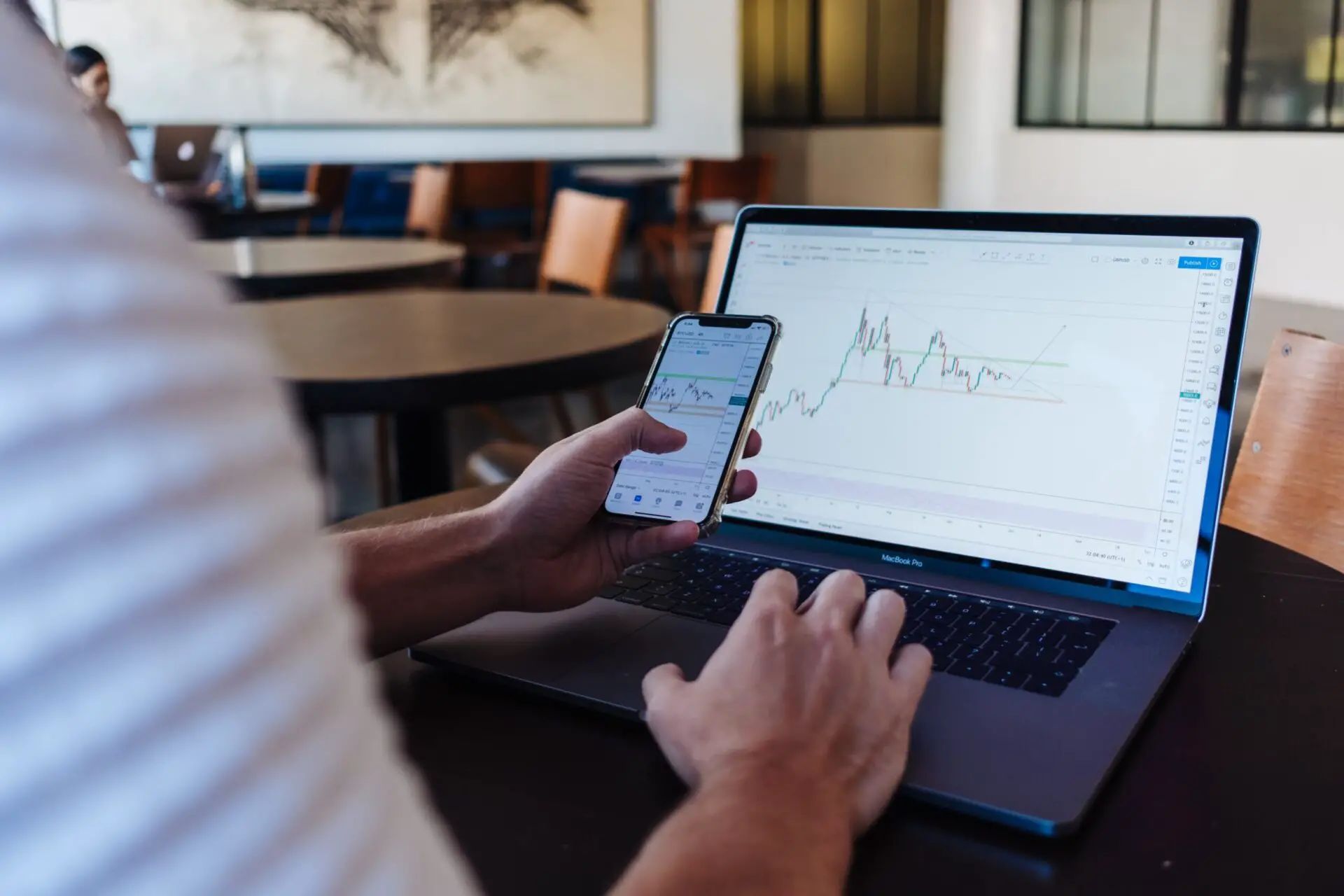It is absolutely crucial that traders and investors understand and calculate the break-even price in options. An options contract can be in the money, out of the money, or at the money. An investor can calculate the break-even price of an options contract and evaluate the profit scenarios.
Options trading: basics
Options are financial instruments that derive their value from an underlying asset. These contracts offer the holder a right (but not an obligation) to buy or sell an underlying asset.
Options come in a standard form that contains a right to buy a standardized lot of underlying assets, strike price, and expiry date.
Since an options contract is a derivative, it’s important for investors to predict price movements accurately. Investors can use options for different purposes including speculation, risk-hedging, and trading.
Break-even price in options trading
An options contract can be arranged for a call or a put option. Each option has two parties and the profit and loss of both parties will cancel out for each other.
An options contract can be in the money, out of the money, or at the money. Investors need to evaluate their choices for all three situations. The strike price and the expiration date will also play important roles in deciding the outcome.
An important factor for all investors to consider is the break-even price of the options contracts. It is the price at which the investors will incur no profit or loss. In other words, this point will turn the profit into a loss or vice versa.
Therefore, the break-even price for options depends on two main factors:
- Strike price
- Options premium
Options premium must be considered when calculating the break-even price of an options contract.
Call break-even price options
When an underlying asset’s (stock’s) price rises above the strike price for the option, it will start generating profit. However, an investor must include the premium paid on the call option to calculate the break-even price correctly.
The break-even price for a call option can be calculated with the formula:
B/E of a Call Option = Call Strike Price + Call Option Premium
When the price of an underlying asset of the option moves above the strike price; the option contract has intrinsic value. The intrinsic value of a call option can increase indefinitely as the price of an asset (stock) can move upwards indefinitely.
At the break-even price, the holder of the call option will incur no profit or loss. Above that point, the investor will start earning profit.
Thus, it is important to note that when a call option is in the money, it does not ensure an investor will earn profit. The difference between the call strike price and stock (or any asset) is usually equal to the premium.
Suppose a Stock’s option strike price is $100 and the premium on the call option is $5.
We can find the option’s break-even as:
B/E of a Call Option = Call Strike Price + Call Option Premium
B/E of the Call Option = $100 + $5 = $105
It means when the market price of the stock moves to $105, the call option will break even. Above that price, the investor will start making a profit and below that point will incur a loss.
Put break-even price options
A put option gives an investor the right to sell an underlying asset (stocks or ETFs) at the strike price before the expiry date. It means the value of the put option will increase when the price of the underlying asset will decreases.
The break-even price of the put option can be calculated with the formula:
B/E of a Put Option = Put Strike Price - Put Option Premium
When an underlying asset’s price falls below the put strike price, it has intrinsic value. The intrinsic value of a put option will be at the maximum when the asset’s price will fall to zero or near zero.
The investor must also deduct the put option premium to cover all costs of a put option before it starts making profits.
Suppose a stock’s put option has a strike price of $95 and the premium paid was $7. We can calculate the break-even point of the put option with the formula.
B/E of a Put Option = Put Strike Price - Put Option Premium
B/E of a Put Option = $95 - $7 = $88
It means when the stock falls to $88, the put option will be at break-even. The investor will earn a profit below this point and a loss above that price mark.
It is also important to understand the difference between buy to open vs buy to close.
Image source: Unsplash

